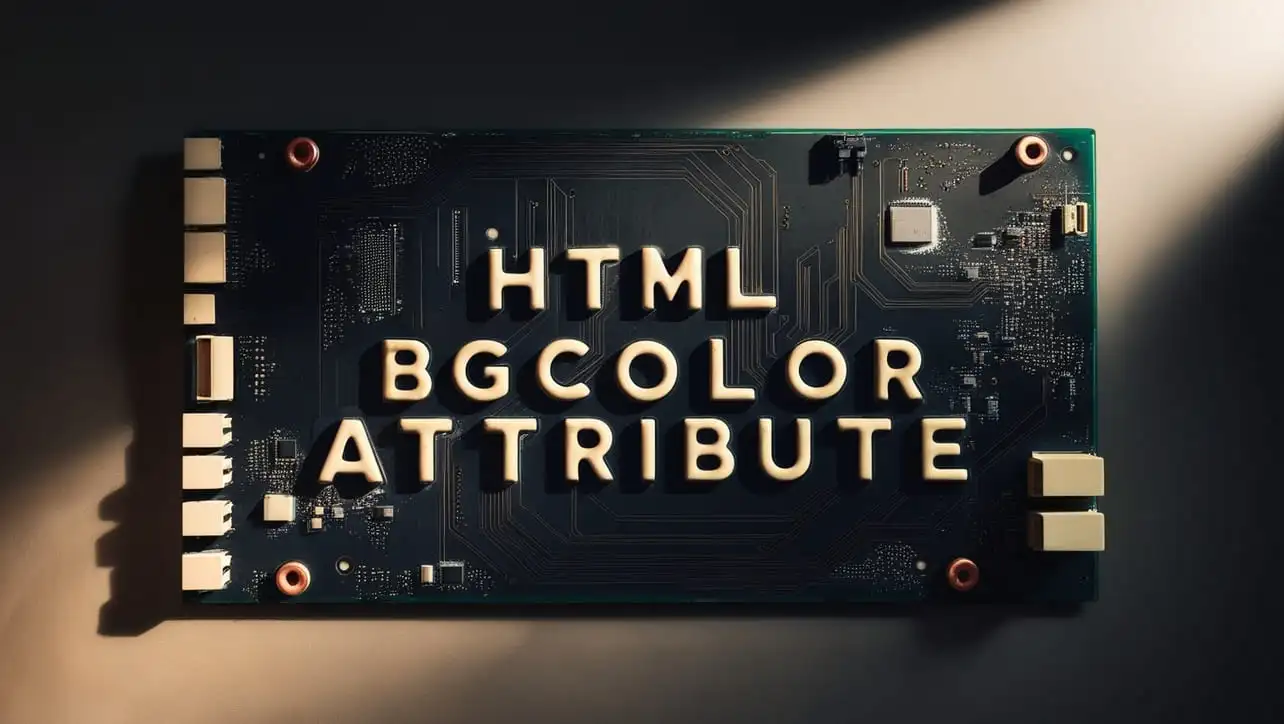
HTML Topics
- HTML Intro
- HTML Basic
- HTML Editors
- HTML CSS
- HTML Tags
- HTML Deprecated Tags
- HTML Events
- HTML Event Attributes
- HTML Global Attributes
- HTML Attributes
- abbr
- accept
- accept-charset
- accesskey
- action
- align
- alt
- archive
- as
- async
- autocapitalize
- autocomplete
- autofocus
- autoplay
- axis
- bgcolor
- border
- cellpadding
- cellspacing
- char
- charoff
- charset
- checked
- cite
- class
- classid
- codebase
- codetype
- color
- cols
- colspan
- compact
- content
- contenteditable
- controls
- coords
- crossorigin
- data
- data-*
- datetime
- declare
- default
- defer
- dir
- dirname
- disabled
- download
- draggable
- enctype
- enterkeyhint
- for
- form
- formaction
- formenctype
- formmethod
- formnovalidate
- formtarget
- frame
- frameborder
- frameset
- headers
- height
- hidden
- high
- href
- hreflang
- hspace
- http-equiv
- id
- inert
- inputmode
- ismap
- kind
- label
- lang
- list
- loop
- low
- max
- maxlength
- media
- method
- min
- multiple
- muted
- name
- novalidate
- onabort
- onafterprint
- onbeforeprint
- onbeforeunload
- onblur
- oncanplay
- oncanplaythrough
- onchange
- onclick
- oncontextmenu
- oncopy
- oncuechange
- oncut
- ondblclick
- ondrag
- ondragend
- ondragenter
- ondragleave
- ondragover
- ondragstart
- ondrop
- ondurationchange
- onemptied
- onended
- onerror
- onfocus
- onhashchange
- oninput
- oninvalid
- onkeydown
- onkeypress
- onkeyup
- onload
- onloadeddata
- onloadedmetadata
- onloadstart
- onmousedown
- onmousemove
- onmouseout
- onmouseover
- onmouseup
- onmousewheel
- onoffline
- ononline
- onpagehide
- onpageshow
- onpaste
- onpause
- onplay
- onplaying
- onpopstate
- onprogress
- onratechange
- onreset
- onresize
- onscroll
- onsearch
- onseeked
- onseeking
- onselect
- onstalled
- onstorage
- onsubmit
- onsuspend
- ontimeupdate
- ontoggle
- onunload
- onvolumechange
- onwaiting
- onwheel
- open
- optimum
- pattern
- placeholder
- popover
- popovertarget
- popovertargetaction
- poster
- preload
- readonly
- rel
- required
- reversed
- rows
- rowspan
- sandbox
- scope
- selected
- shape
- size
- sizes
- span
- spellcheck
- src
- srcdoc
- srclang
- srcset
- start
- step
- style
- tabindex
- target
- title
- translate
- type
- usemap
- value
- width
- wrap
- HTML Comments
- HTML Entity
- HTML Head
- HTML Form
- HTML IndexedDB
- HTML Drag & Drop
- HTML Geolocation
- HTML Canvas
- HTML Status Code
- HTML Language Code
- HTML Country Code
- HTML Charset
- MIME Types
HTML bgcolor Attribute

Photo Credit to CodeToFun
🙋 Introduction
The bgcolor attribute in HTML is used to define the background color of an element.
It allows developers to set a specific color for an element's background, adding visual appeal and enhancing the overall design of a web page.
🎯 Purpose of bgcolor
The primary purpose of the bgcolor attribute is to customize the background color of various HTML elements, such as tables, table cells, and table headers.
By using this attribute, you can tailor the appearance of your web page to match your design preferences.
💎 Values
The bgcolor attribute accepts values that represent different colors. These values can be specified using color names, hexadecimal codes, or RGB values. Here's a quick overview:
- Color Names: You can use predefined color names such as red, blue, or green to set the background color.
color-names.htmlCopied
<div bgcolor="red">This div has a red background.</div> - Hexadecimal Codes: Specify colors using hexadecimal codes like #FF0000 for red or #00FF00 for green.
hexadecimal-codes.htmlCopied
<div bgcolor="#00FF00">This div has a green background.</div> - RGB Values: Use RGB values like rgb(255, 0, 0) for red or rgb(0, 255, 0) for green.
rgb-values.htmlCopied
<div bgcolor="rgb(255, 0, 0)">This div has a red background using RGB values.</div>
📄 Example
Let's see an example of how to use the bgcolor attribute in an HTML table:
<table bgcolor="#EFEFEF">
<tr>
<td bgcolor="lightblue">Row 1, Cell 1</td>
<td bgcolor="lightgreen">Row 1, Cell 2</td>
</tr>
<tr>
<td bgcolor="lightcoral">Row 2, Cell 1</td>
<td bgcolor="lightyellow">Row 2, Cell 2</td>
</tr>
</table>🧠 How it Works
In this example, the bgcolor attribute is used to set the background color for the entire table (#EFEFEF) and individual table cells.
🔄 Dynamic Values with JavaScript
Similar to other HTML attributes, you can dynamically set the bgcolor attribute using JavaScript.
This becomes useful when you want to change the background color based on user interactions or specific conditions. Here's a brief example:
<script>
// Dynamically set bgcolor for an element
document.getElementById("dynamicElement").style.backgroundColor = "#FFD700";
</script>🧠 How it Works
In this script, the background color of an element with the id "dynamicElement" is set to a gold color (#FFD700). This dynamic approach allows you to adapt the background color based on runtime conditions.
🏆 Best Practices
- Use the
bgcolorattribute selectively to enhance the visual appeal of your web page. - Ensure sufficient contrast between the background color and the text color for better readability.
- Experiment with different color values to find the combination that aligns with your design preferences.
🎉 Conclusion
The bgcolor attribute is a versatile tool for customizing the background color of HTML elements.
By leveraging this attribute, you can create visually appealing and well-designed web pages that align with your aesthetic preferences.
👨💻 Join our Community:
Author

For over eight years, I worked as a full-stack web developer. Now, I have chosen my profession as a full-time blogger at codetofun.com.
Buy me a coffee to make codetofun.com free for everyone.
Buy me a Coffee












If you have any doubts regarding this article (HTML bgcolor Attribute), please comment here. I will help you immediately.